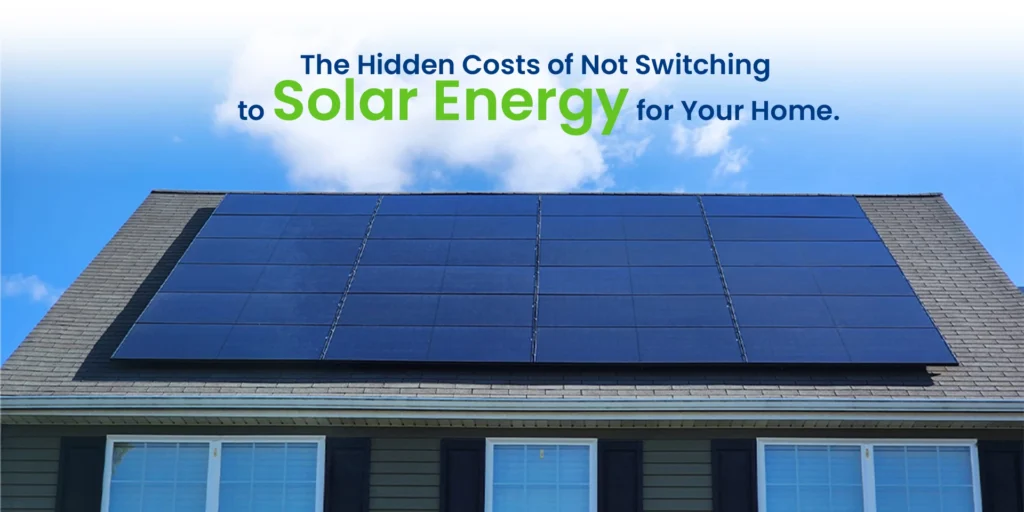
Homeowners in the United States groan every month when they see their electricity bills, but many are still hesitant to make the switch to solar because they believe the initial outlay will be too great. However, what if not switching is the true financial risk?
In actuality, postponing solar adoption has unintended consequences, such as increased utility bills, lost tax breaks, and even a decrease in the value of a home when it is sold. Knowing these hidden costs is essential for professionals who place a high priority on long-term financial planning. I’ll explain the real costs of continuing to use conventional grid power in this guide, including how waiting could cost you thousands of dollars.
A Boston homeowner who installed solar in 2020 now pays $ 0 for electricity, while their neighbor’s bills have risen $ 800/year since then.
Real-World Example:
A homeowner in Phoenix sold his home $18,000 over asking price because of their paid-off solar system.
Yes! Solar increases home value, and transferable leases/PPAs make it easy for buyers to take over.
New bifacial panels and ground-mounted systems work in almost any location.
Absolutely. With increasing blackouts, backup power adds security and resale value.
Check your state’s 10-year energy cost projections (most show 3-7% annual increases).
Yes! Micro-inverters and optimizers maximize output even in partial shade.